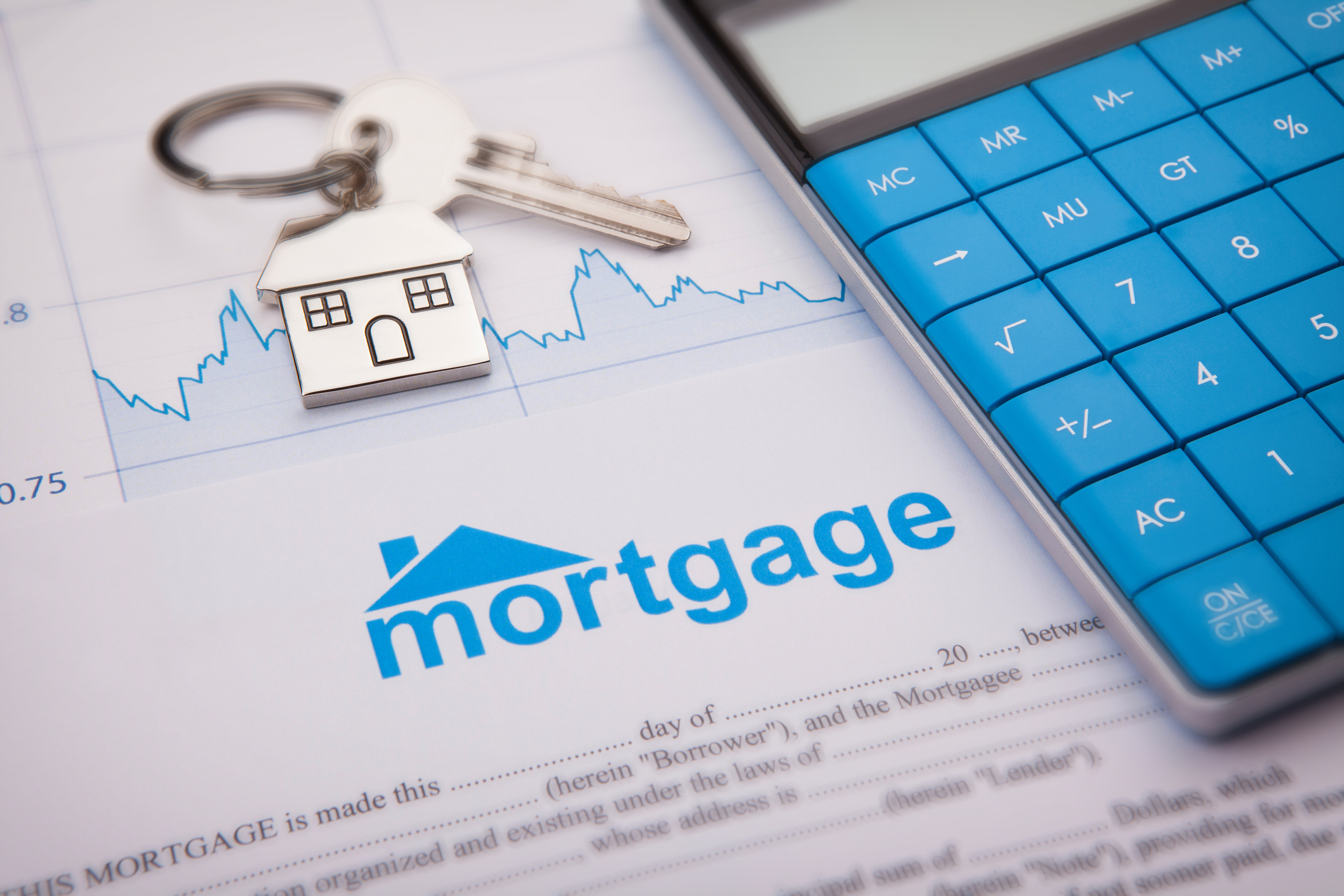Understanding Conventional Mortgage Loans: Benefits and Needs
Understanding Conventional Mortgage Loans: Benefits and Needs
Blog Article
The Necessary Elements to Take Into Consideration When Finding In Between Fixed-Rate and Variable-rate Mortgage Financings
When assessing home loan options, debtors encounter a critical decision in between adjustable-rate and fixed-rate loans, each presenting potential pitfalls and unique benefits. Secret factors to consider such as passion rate stability, predictability in monthly repayments, and the effects of potential rate adjustments can significantly affect lasting financial health.
Passion Price Stability
When choosing a mortgage, recognizing passion rate security is crucial for educated decision-making. Rate of interest can dramatically impact the total cost of a home loan, and recognizing the nature of these prices is necessary for borrowers. Fixed-rate mortgages provide the benefit of constant month-to-month payments over the life of the car loan, shielding borrowers from market changes. This security makes it possible for house owners to plan their financial resources with better assurance, as they will not be impacted by climbing rate of interest prices.
On the various other hand, variable-rate mortgages (ARMs) begin with reduced preliminary rates that may alter occasionally based on market conditions. While this can lead to lower repayments initially, it additionally presents unpredictability, as customers may deal with boosted repayments if interest prices rise. For those thinking about an ARM, it is essential to evaluate the possibility of rate modifications, the capacity for payment boosts, and the size of the initial fixed-rate period.
Inevitably, the selection in between adjustable-rate and fixed-rate home mortgages depends upon individual risk resistance and financial situations. Comprehending rates of interest security aids debtors make notified choices that align with their long-term financial goals.
Month-to-month Repayment Predictability
While customers typically focus on rate of interest price stability, the predictability of monthly repayments is just as crucial in the mortgage option process (Conventional mortgage loans). Monthly repayment predictability plays an important role in budgeting and financial planning, as it straight influences a home owner's cash money circulation and total financial health and wellness
Fixed-rate home mortgages provide a consistent monthly payment throughout the life of the finance, enabling borrowers to anticipate and plan their expenditures effectively. This stability can be specifically beneficial for first-time property buyers or those on a fixed income, as it removes the uncertainty related to varying settlements.
Conversely, adjustable-rate home mortgages (ARMs) normally include reduced first payments that can change gradually, resulting in prospective irregularity in regular monthly responsibilities. While initially enticing, this changability can complicate monetary planning, especially if debtors do not account for future price adjustments.
Prospective Price Adjustments
In the realm of adjustable-rate mortgages (ARMs), prospective rate adjustments stand for a significant aspect that debtors have to thoroughly take into consideration. Unlike fixed-rate mortgages, where the rate of interest remains unmodified for the life of the loan, ARMs are defined by rising and fall rates of interest that are connected to market indices. This irregularity can cause substantial changes in regular monthly repayments, influencing the customer's financial preparation and budgeting.
Generally, ARMs have a preliminary fixed-rate period throughout which the rate of interest is steady. After this period, however, the rate adjusts at predetermined intervals-- commonly yearly. Debtors need to understand the margin and index utilized to determine these adjustments, as they directly affect future rate of interest. Furthermore, ARMs typically include caps that restrict just how much the rates of interest can enhance at each modification and over the life of the loan, which can offer some degree of protection against radical price walkings.
Recognizing these prospective modifications is crucial for consumers, as they straight influence long-lasting repayment responsibilities. Examining individual financial scenarios and risk resistance is vital try this out when deciding whether an ARM lines up with one's economic objectives.
Lending Term Considerations
Lending term considerations play an essential role in the decision-making procedure for debtors choosing in between adjustable-rate and fixed-rate mortgages. The length of the funding term dramatically influences regular monthly settlements, rate of interest rates, and total monetary preparation.

Ultimately, borrowers must analyze their blog personal scenarios, financial goals, and market problems when considering the effects of loan term selections within each home loan type.

Overall Expense of Borrowing
Fixed-rate mortgages provide foreseeable monthly settlements, as the rate of interest price continues to be constant throughout the financing term. This predictability can lead to lower total costs, especially in a steady or decreasing passion rate atmosphere.
On the other hand, adjustable-rate mortgages (ARMs) generally begin with lower preliminary rates, causing lowered in advance costs. However, these rates can increase after a preliminary duration, causing potentially greater lasting costs. Borrowers should think about the regularity and degree of price modifications, in addition to the general loan period, to accurately analyze the monetary effects.
In addition, the overall cost of loaning encompasses not only interest rates but likewise charges and various other associated prices, such as shutting expenses and insurance (Conventional mortgage loans). For that reason, when evaluating home mortgage alternatives, consumers should carry out a thorough cost analysis over the life of the loan. By doing so, they can make an educated choice that aligns with their financial objectives and take the chance of resistance
Verdict
Rate of interest price security and monthly repayment predictability are vital for reliable budgeting, while the capacity for price adjustments in ARMs introduces financial uncertainty. Additionally, the awaited period of homeownership and the overall cost of borrowing, including interest rates and connected charges, have here to straighten with specific monetary conditions and risk resistance.
Key considerations such as interest rate stability, predictability in monthly payments, and the effects of potential rate modifications can significantly impact long-term financial wellness. Passion prices can substantially influence the overall price of a home loan, and acknowledging the nature of these prices is crucial for consumers. Unlike fixed-rate mortgages, where the rate of interest price continues to be unmodified for the life of the loan, ARMs are characterized by rising and fall passion prices that are connected to market indices. Furthermore, ARMs frequently include caps that restrict just how a lot the rate of interest rate can raise at each change and over the life of the funding, which can give some degree of protection versus extreme rate walks.
Interest price stability and monthly repayment predictability are vital for reliable budgeting, while the capacity for price modifications in ARMs introduces economic unpredictability.
Report this page